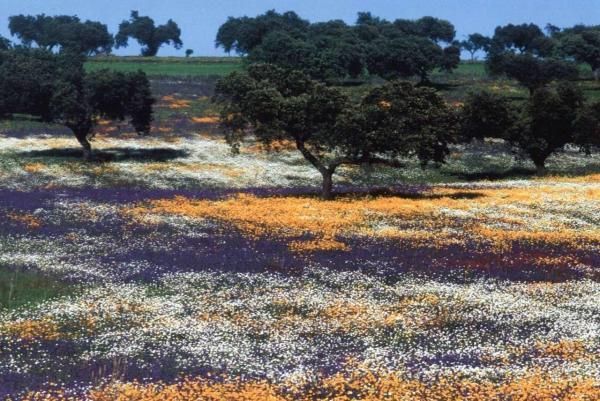Biodiversidad, Ecología y Evolución
Departamento


University of Tartu
Tartu, EstoniaPublicaciones en colaboración con investigadores/as de University of Tartu (14)
2024
-
Increasing numbers of global change stressors reduce soil carbon worldwide
Nature Climate Change, Vol. 14, Núm. 7, pp. 740-745
-
Unearthing the soil-borne microbiome of land plants
Global Change Biology, Vol. 30, Núm. 5
2023
-
Increasing the number of stressors reduces soil ecosystem services worldwide
Nature Climate Change, Vol. 13, Núm. 5, pp. 478-483
-
Plant size, latitude, and phylogeny explain within-population variability in herbivory
Science (New York, N.Y.), Vol. 382, Núm. 6671, pp. 679-683
-
Soil biodiversity supports the delivery of multiple ecosystem functions in urban greenspaces
Nature Ecology and Evolution, Vol. 7, Núm. 1, pp. 113-126
-
The global contribution of soil mosses to ecosystem services
Nature Geoscience, Vol. 16, Núm. 5, pp. 430-438
2022
-
Global hotspots for soil nature conservation
Nature, Vol. 610, Núm. 7933, pp. 693-698
2021
-
Global homogenization of the structure and function in the soil microbiome of urban greenspaces
Science Advances, Vol. 7, Núm. 28
2020
-
Are redundancy indices redundant? An evaluation based on parameterized simulations
Ecological Indicators, Vol. 116
-
Directional trends in species composition over time can lead to a widespread overemphasis of year-to-year asynchrony
Journal of Vegetation Science, Vol. 31, Núm. 5, pp. 792-802
-
Global gene flow releases invasive plants from environmental constraints on genetic diversity
Proceedings of the National Academy of Sciences of the United States of America, Vol. 117, Núm. 8, pp. 4218-4227
-
Host dispersal shapes the population structure of a tick-borne bacterial pathogen
Molecular Ecology, Vol. 29, Núm. 3, pp. 485-501
-
Synchrony matters more than species richness in plant community stability at a global scale
Proceedings of the National Academy of Sciences of the United States of America, Vol. 117, Núm. 39, pp. 24345-24351